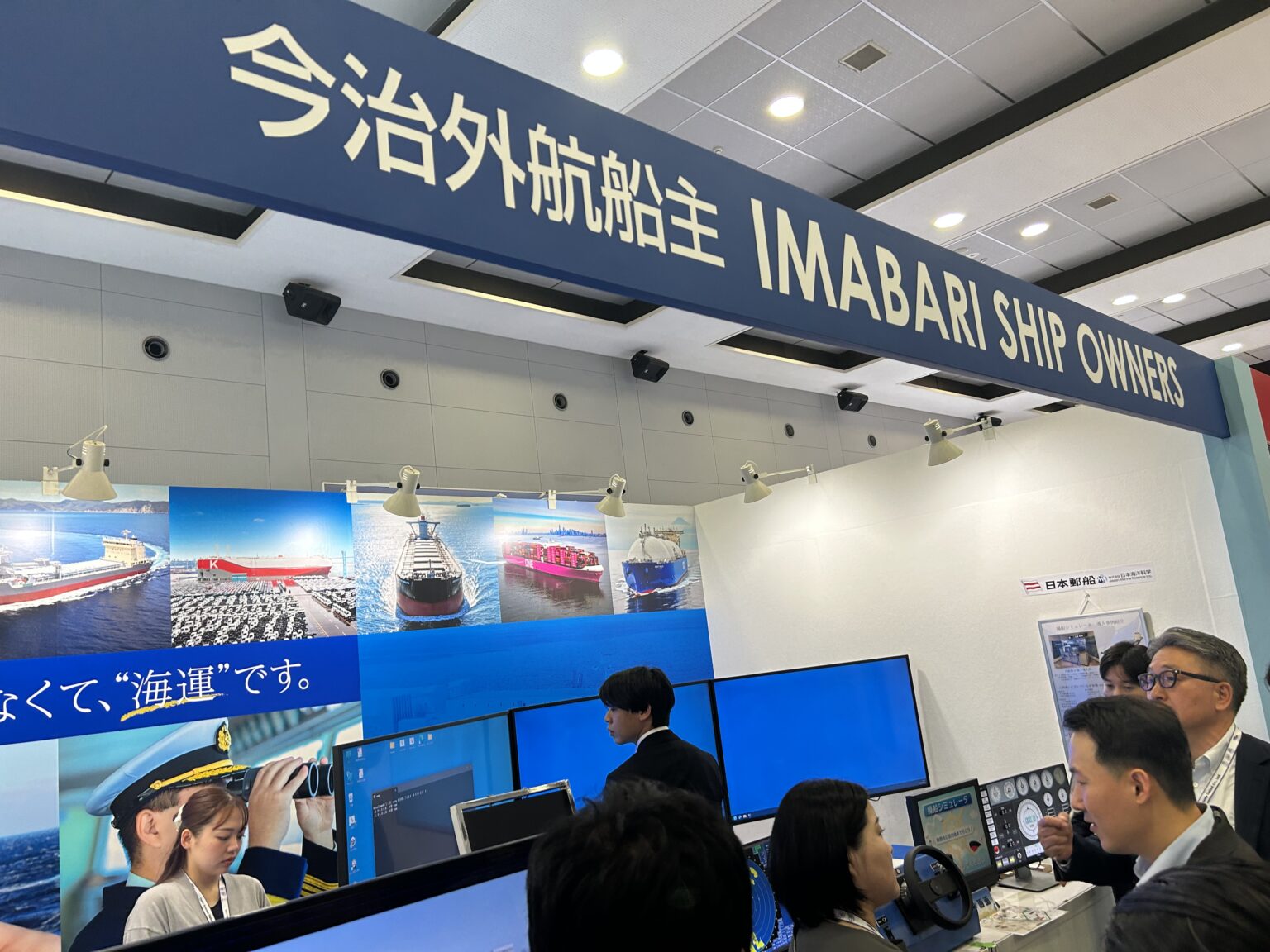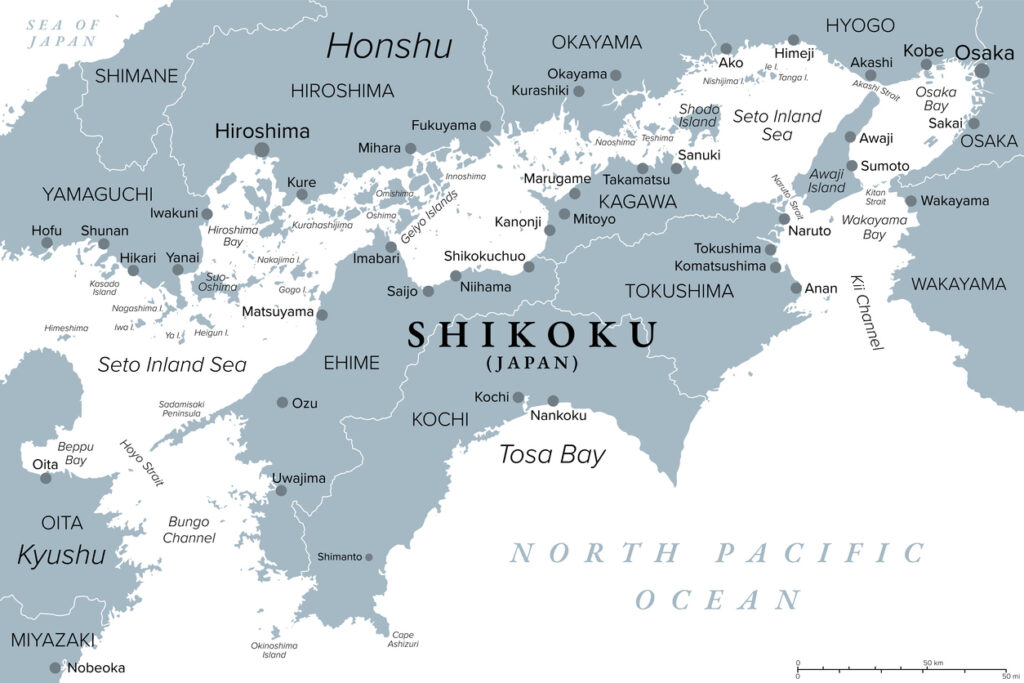Three Reasons Why Japan’s Shipowners Are Considering Selling Their Companies日本船主が「会社を売却したい3つの理由」

Inside Story
Three Reasons Why Japan’s Mid-Sized Shipowners Are Considering Selling Their Companies Now
インサイドストーリー
日本の中規模船主が「今、会社を売却したい3つの理由」
It may be difficult for overseas shipping companies to fully grasp, but there are in fact two distinct “shipping industries” in Japan.
One is composed of the large, listed shipping firms—NYK Line, MOL, and “K” Line—traded on the Tokyo Stock Exchange’s Prime Market. These major shipping lines are familiar to most foreign shipping companies, brokers, and financial institutions.
The other, lesser-known side is made up of traditional shipowning companies, especially those based in Imabari, Ehime Prefecture.
Many overseas shipping professionals tend to equate the Japanese shipping industry solely with the large Tokyo-based carriers. That is, to some extent, understandable.
Even employees working at these large firms are often unaware of the shipowners based in regional ports such as Imabari, Kure, Onomichi, Oita, and Nagasaki, depending on their department.
To put it simply, if the Tokyo-headquartered majors are “the heads of the coin,” then the shipowners, regional banks, trading house shipping divisions, and brokers function as the “tails”—the tonnage providers that supply vessels to those majors.
Among these regional shipowners—the “tails” of the coin—some mid-sized firms are beginning to see now as a potential turning point to sell their companies. There are three main reasons driving this trend, each revealing the realities facing Japan’s mid-sized shipowning sector.
Key Points of the Article:
→ The Japanese shipping industry has two faces, like both sides of a coin.
→ Shipowners operating fleets of between 2 and 15 vessels cite three core reasons—securing capital gains, personnel challenges, and a third factor—for viewing now as the right time to sell their companies.
Why exactly are mid-sized shipowners considering now to be the time to exit the business? This article explores those reasons in depth, along with background on the structure of Japan’s shipping industry. We encourage you to read on for the full story.

インサイドストーリー
日本の中規模船主が「今、会社を売却したい3つの理由」
海外の海運会社の方には理解が難しいかもしれないが、日本には2つの「海運業界」がある。
一つは東証プライム市場に上場する日本郵船、商船三井、川崎汽船など「海運大手」と呼ばれる海運会社である。これら海運大手のことは多くの海外船社、ブローカー、金融機関も知っている。
一方、もう一つの面には、愛媛県今治市を中心とする「船主業」の会社が存在する。
多くの海外船社は東京に本社を置く海運大手のみを指して「日本の海運業界」と理解してしまう。
それは仕方のないことかもしれない。
海運大手に勤務する海運会社の社員でさえ、部門によっては今治船主や呉船主、尾道船主、大分船主、長崎船主などの存在の多くを知らない。
かいつまんでいえば、東京に拠点を置く海運大手を「コインの表」とすれば、地方船主、地方銀行、商社船舶部、ブローカーの仕事は海運大手に船舶を供給するトンネージプロバイダー(船舶供給者)として機能する「コインの裏」の面である。
そのコインの裏にあたる船主業のうち、一部の中規模の日本船主が3つの理由で「今こそ会社を売却するタイミングではないのか」と考えている。その3つの理由こそ、現在の日本の中規模船主が置かれている立場を如実に示している。
この記事のポイント
→日本の海運業界にはコインの両面ともいえる2つの側面がある。
→船主の中でも2-15隻を保有する船主は、売却益の確保、人の問題、さらにもう一つの問題から「今が会社を売却するタイミング」と考えている。
一体、なぜ中規模の船主は「今が会社を売却するタイミング」と考えているのか。本文にはその理由と日本の海運業界の背景について言及しています。是非、本文をお読みください。








コメント